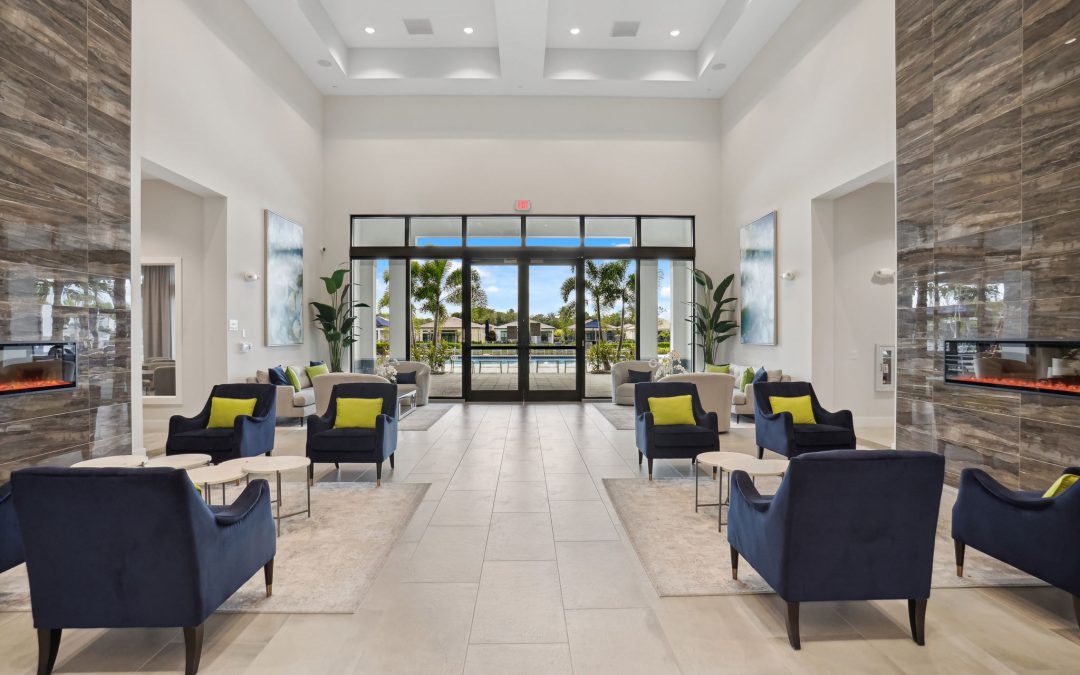In the world of interior design, choosing between modern and classic styles can be daunting. Each style has its unique charm, aesthetic appeal, and practical advantages. In this article, we will delve deep into the intricacies of both styles to help you make an informed decision for your home.
By understanding modern and classic design’s characteristics, benefits, and potential drawbacks, you will be better equipped to create a living space that reflects your personal taste and lifestyle.
Understanding Modern Style
Characteristics of Modern Design
Simplicity, clean lines, and a minimalistic approach characterize modern design. It often incorporates glass, steel, and concrete, emphasizing functionality and avoiding unnecessary ornamentation. Key elements of modern design include:
- Open floor plans: Modern homes often feature open spaces, allowing seamless flow between rooms.
- Neutral color palettes: Whites, grays, and blacks dominate, with occasional pops of bold color.
- Minimalist furniture: Sleek, functional furniture with simple designs is a hallmark of modern interiors.
- Natural light: Large windows and open spaces are designed to maximize natural light.
Advantages of Modern Design
Modern design offers several advantages that make it a popular choice for many homeowners:
- Clean and clutter-free: The minimalist approach of contemporary design creates a tidy, organized look that is easy to maintain.
- Versatility: Modern interiors can quickly adapt to accommodate various personal styles and preferences.
- Focus on function: Every element in a modern home serves a purpose, ensuring the space is beautiful and practical.
Potential Drawbacks of Modern Design
Despite its many benefits, modern design may only be suitable for some. Some potential drawbacks include:
- Cold and impersonal: The simplicity and lack of ornamentation can sometimes make modern spaces feel cold and unwelcoming.
- Maintenance challenges: Materials like glass and concrete can require more upkeep to maintain their pristine appearance.
Understanding Classic Style
Characteristics of Classic Design
A classic design is characterized by its timeless elegance, intricate details, and rich materials. It often incorporates elements from various historical periods, creating a sense of grandeur and sophistication. Vital elements of classic design include:
- Ornate detailing: Classic interiors commonly use intricate moldings, carved woodwork, and decorative accents.
- Rich color palettes: Warm, rich colors like deep reds, golds, and browns are often used.
- Elegant furniture: Classic pieces are typically made from high-quality materials and feature detailed craftsmanship.
- Symmetry and balance: Classic design emphasizes symmetry and balanced proportions, creating a harmonious and orderly appearance.
Advantages of Classic Design
Classic design offers several benefits that contribute to its enduring popularity:
- Timeless appeal: The elegance and sophistication of classic design ensure it always stays in style.
- Warm and inviting: The rich colors and ornate details create a cozy and welcoming atmosphere.
- High-quality materials: Using premium materials ensures that classic interiors are durable and long-lasting.
Potential Drawbacks of Classic Design
While classic design has many advantages, there may be better choices for some. Some potential drawbacks include:
- Cost: The high-quality materials and intricate craftsmanship often come with a higher price tag.
- Maintenance: The ornate details and rich materials can require more upkeep to maintain their appearance.
- Limited versatility: Classic interiors may require more work to adapt to changing personal styles and preferences.
Choosing the Right Style for Your Home
Assessing Your Style
When deciding between modern and classic design, it’s essential to consider your style and preferences. Ask yourself the following questions:
- What kind of atmosphere do I want to create? Do you prefer the clean, minimalist look of modern design or the warm, inviting feel of classic interiors?
- How do I use my space? Consider how you use your home and which design elements best support your lifestyle.
- What is my budget? Factor in the cost of materials and furniture when making your decision.
Considering Your Home’s Architecture
The architecture of your home can also influence your choice between modern and classic design. Some architectural styles lend themselves better to one design approach over the other. For example:
- Modern homes: Open floor plans, large windows, and minimalist exteriors are well-suited to modern design.
- Classic homes: Traditional architectural features like moldings, columns, and ornate details are better complemented by classic interiors.
Mixing Modern and Classic Elements
Mixing modern and classic elements can create a unique and personalized look for those who appreciate both styles. Tips for blending styles include:
- Start with a neutral base: Use a neutral color palette as the foundation for your design, allowing you to incorporate elements from both styles without overwhelming the space.
- Balance is essential: Ensure that modern and classic elements are balanced to create a cohesive and harmonious look.
- Focus on crucial pieces: Select a few standout pieces from each style to serve as focal points in your design.
Conclusion
Choosing between modern and classic design is a deeply personal decision that depends on your style, lifestyle, and home architecture. By understanding each style’s characteristics, advantages, and potential drawbacks, you can make an informed choice that reflects your taste and enhances your living space. Whether you opt for the sleek simplicity of modern design or the timeless elegance of classic interiors, the key is creating a comfortable and inviting home.
D&B Interiors, with their expertise and innovative approach to design, stands ready to guide homeowners through this process.
Contact D&B Interiors today and start your transformation journey!


